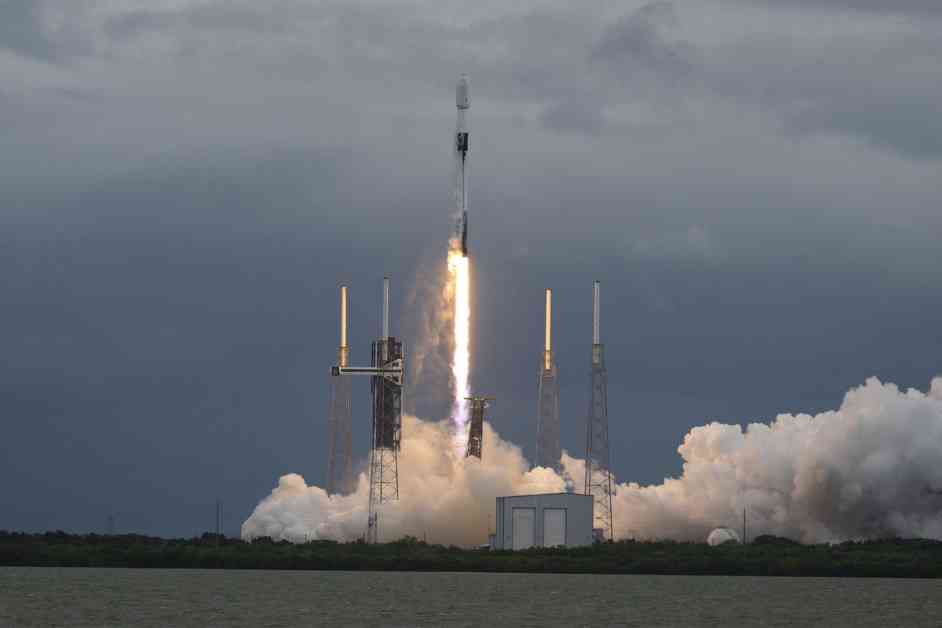Europe’s Hera mission is on its way to visit an asteroid that was impacted by NASA’s DART spacecraft. The European Space Agency launched the Hera mission from Cape Canaveral Space Force Station in Florida on October 7th. This mission is unique and significant in the study of asteroids in our solar system.
Hera will be arriving at Dimorphos, an asteroid that was intentionally hit by NASA’s DART spacecraft back in 2022. This impact changed the orbit of Dimorphos and showcased the effectiveness of planetary defense strategies that could protect Earth from potential asteroid threats in the future. The Hera spacecraft will be following up on the DART mission to assess the aftermath of the impact.
The successful launch of Hera was a relief for the team involved in the mission. After separating from the Falcon 9 rocket, Hera was able to establish communication, indicating that the spacecraft is functioning properly and on its way to its destination. The mission aims to make measurements and gather data that will contribute to a safer understanding of asteroid impacts.
SpaceX’s involvement in the launch was crucial, as the Falcon 9 booster used for this mission had a significant flight history. Despite not returning to Earth for a smooth landing, the booster played a key role in launching Hera towards its mission. The Hera spacecraft is accompanied by two smaller cubesats named Milani and Juventas, which will also contribute to the study of Dimorphos.
Hera is scheduled to arrive at Dimorphos in late 2026, after swinging by Mars in 2025 to gain a gravity assist for its journey. The mission will focus on observing the impact crater created by DART and assessing any changes that may have occurred on the asteroid. The data collected by Hera and the cubesats will help refine models and improve our understanding of asteroid structures and compositions.
The Hera mission represents a significant step in Europe’s efforts towards planetary defense. ESA Director General Josef Aschbacher expressed his satisfaction with ESA’s involvement in this international endeavor. The mission is a bold move in advancing ESA’s engagement in planetary defense and contributing to the protection of Earth from potential asteroid threats.
Overall, the Hera mission is an important and exciting exploration of asteroids in our solar system. The data and insights gathered from this mission will not only enhance our understanding of asteroid impacts but also contribute to the development of planetary defense strategies for the future. The successful launch of Hera marks a significant milestone in space exploration and scientific research.










